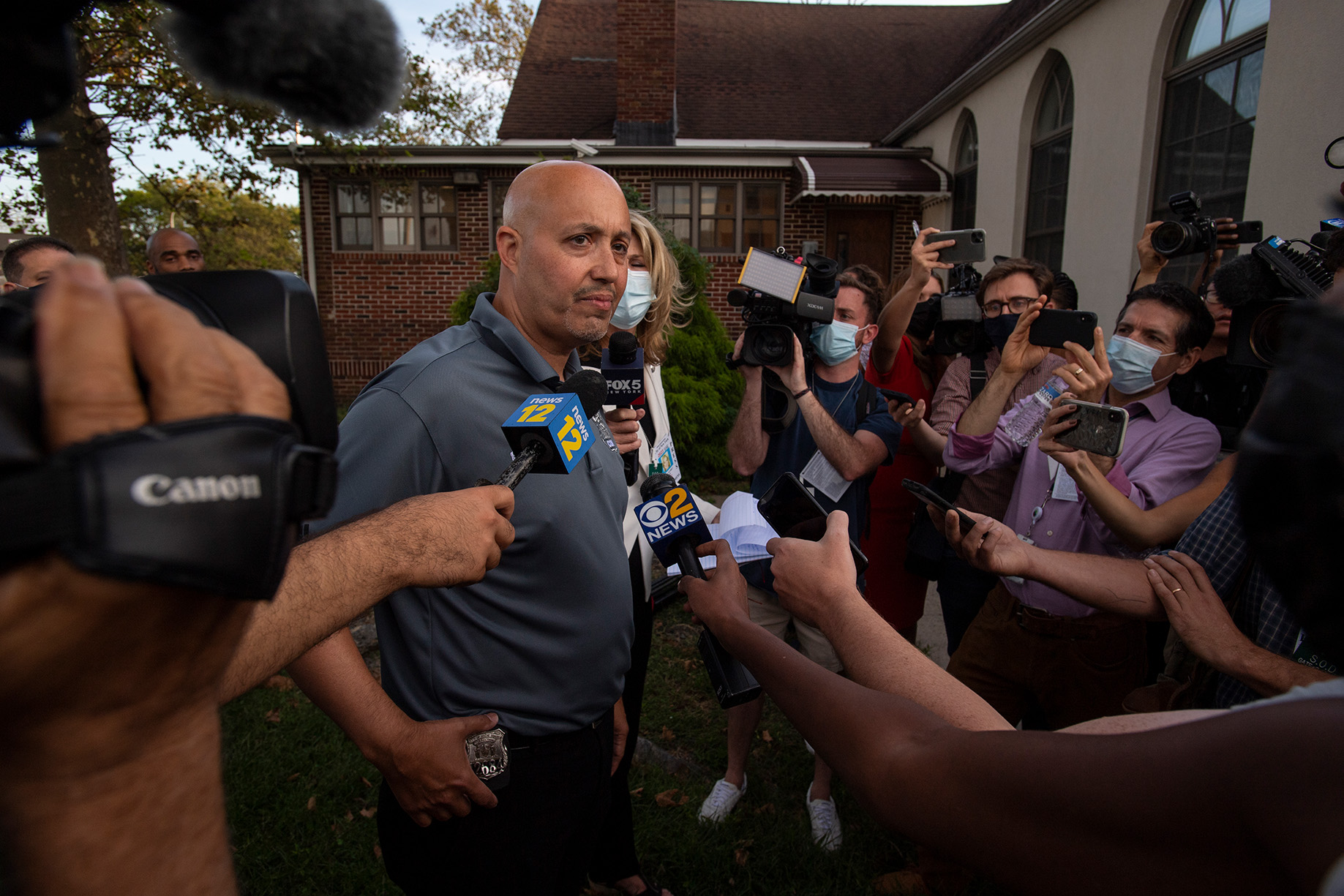BPI Alumnus Darren Mack ’13 writes about the Correction Officers Benevolent Association and its role in opposing recent efforts to close Rikers Island. His op-ed was first published in the New York Daily News and is reproduced below.
For the past few months, the tragedy of Rikers has been on full display. In truth, Rikers has long been a factory of human misery. This current crisis, paradoxically, comes at a time when the city’s Department of Correction is under probably the most progressive leadership in its history.
But many reformers have over many years tried to correct this agency; the entrenched culture of DOC and Rikers Island defeated them. One significant, consistent obstacle has been decades of corrupt and short-sighted leadership from the union that represents the guards, the Correction Officers Benevolent Association.
The core problem is that COBA, and law enforcement unions more generally, operate more as pro-mass incarceration lobbying groups than as entities concerned with the well-being of their members, vehemently opposing every effort to curb the excesses of the carceral system. In just the past few years, COBA has railed against Raise the Age, bail reform and limiting solitary confinement. They’ve also advocated to keep Rikers open, while COBA’s own members have said that they’ve been sickened by toxic chemicals from the landfill the Rikers jails are built on.

Correction Officers Benevolent Association President, Benny Boscio Jr. (GREGG VIGLIOTTI/for New York Daily News)
Why does COBA want its members to stay there? Likely because an entire 400-acre island devoted to incarceration helps justify and enable more incarceration.
According to a report by the Department of Investigation, many DOC guards in fact have family members who are or have been incarcerated. In this case, there is not actually such a bright line between “us” and “them.” It begs the question of why COBA is so determined to dehumanize people who have experienced incarceration — from their insistence on referring to everyone detained at Rikers, including the thousands awaiting trial, as violent criminals, to their response to the recent hiring of Deputy Commissioner Stanley Richards, which suggested that his previous incarceration made him unfit for a leadership role at DOC.
COBA has shown that it views its members in the same way it views incarcerated people — as one-dimensional and incapable of change. They have argued that their members’ “hands are tied” because the Nunez federal consent degree has limited their ability to use force. It must be noted why the federal government brought a lawsuit against DOC: because incarcerated people, including teenagers, were being subjected to excessive levels of violence, including head strikes, painful escort techniques, improper use of chemical spray and force disproportionate to the actual threat.
Clearly, we cannot return to that. What DOC staff need instead is to learn a new approach. But COBA President Benny Boscio does not seem to think they are capable. Officers who believe in a rehabilitative approach, who believe in closing Rikers, who don’t want to see their own children targeted by systems of mass incarceration, have voiced that. But those are not the voices COBA chooses to represent.
To understand COBA, we need to connect the systemic racism in law enforcement unions with their antecedents in American history. In many ways, law enforcement unions are a contradiction in terms. Historically, law enforcement has been the enemy both of the labor movement and people of color since at least the Civil War. With the permission given to them to inflict violent control on civilians, the scope of police officers’ work is fundamentally different from that of teachers, factory workers or even other first responders like firefighters. Law enforcement unions often define themselves in opposition to the people they are purported to serve. In practice, that has meant that COBA’s interpretation of workers’ rights is at odds with the human rights of the people entrusted to their “care.”
COBA in particular has never aligned itself with the labor movement or any social justice movements. During the uprisings for Black lives in the summer of 2020, when the NYPD was making mass arrests of peaceful protestors, they called on DOC to help them, bringing in Corrections buses to transport people. Despite representing a membership mostly of Black and Brown people, COBA expressed no concern with this. That’s in stark contrast to the Transport Workers Union, whose members refused to have their buses used by the NYPD to suppress a movement for racial justice.
Like the reactionary, revisionist forces we have seen rising in our national politics, COBA’s regressive leadership advocates for a mythical past when the jails were great because guards could abuse incarcerated people with impunity.
The bottom line is this: The prison-industrial complex is and has always been at odds with the labor movement, whose leaders have made it perfectly clear where their loyalties lie: with the victims of mass incarceration, not its facilitators. COBA may use the language of labor, but it is not defending the rights of its workers. It is defending the system of mass incarceration that continues to give them influence.
Mack, who was incarcerated at Rikers Island for 19 months, is co-director at Freedom Agenda.



